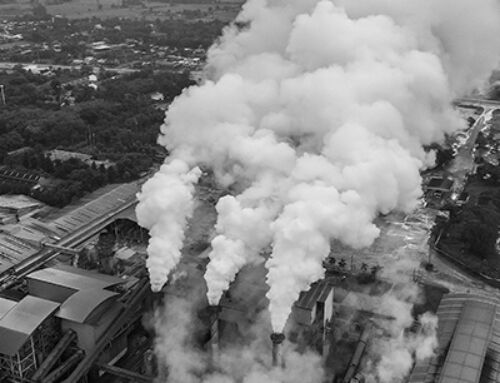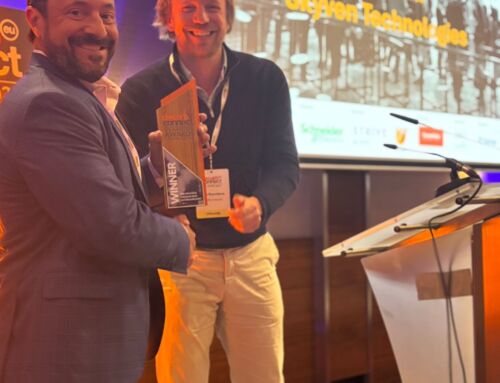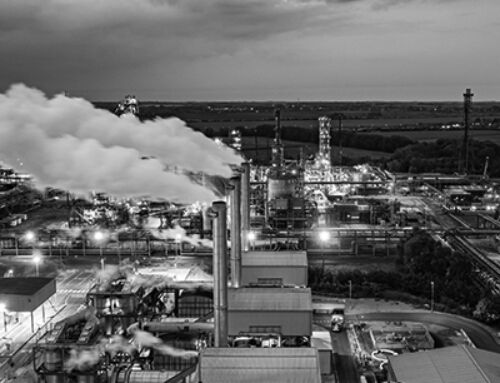President Joe Biden signed a $1.2 trillion Infrastructure Investment and Jobs Act bill this month, touching on everything from bridges and highways, our nation’s broadband, and energy and water systems.
As it relates to industrial energy reform, the bill has monumental components that provide financial support for manufacturers who implement clean energy technologies designed to reduce pollution and improve industrial efficiency. The Bipartisan Infrastructure Deal’s more than $65 billion allocation represents the largest investment in clean energy transmission and grid in American history, presenting unique opportunities for:
- Energy conservation initiatives
- Renewable energy sources
- Hydrogen infrastructure
Energy Conservation & Energy Efficiency
To advance the adoption of clean energy technologies and processes that reduce carbon emissions, the bill has allocated considerable amounts of money to various grant programs designed to enhance industrial efficiency.
SEC. 40521. Future of Industry Program and Industrial Research And Assessment Centers
Recognizing that industry plays a pivotal role in decarbonizing the economy, the bill has set aside grant money both for research, development, and outreach initiatives as well as for the implementation of processes and technologies that will result in significant energy efficiency gains or reductions in greenhouse gas (GHG) emissions. To apply for the grant, eligible manufacturers or industrial plants must receive a professional site inspection and analysis — a qualified company such as Skyven could perform this inspection — to assess opportunities for optimization. The overall program includes $550 million for the fiscal year 2022 through 2026.
SEC. 40209. Advanced Energy Manufacturing and Recycling Grant Program
This section opens up grant opportunities for eligible industrial plants and manufacturers to install ‘advanced energy property’ (defined below) designed to reduce GHG emissions. The bill lays out a number of specific advanced energy property items, and it will also consider unlisted technologies that significantly reduce GHG emissions. This program has $750 million allocated to be spent between 2022 and 2026.
Advanced energy property defined as:
-
- Fuel cells, microturbines, or energy storage systems and components
- Electric grid modernization equipment or components
- CCS/CCU technologies
- Equipment to refine, electrolyze, or blend any renewable or low-carbon fuel, chemical, or product
- Energy conservation technologies
- Other advanced energy technologies as may be determined by the Department of Energy
- Technologies for low-carbon transport, including for trains and maritime vessels
Renewable Energy Sources
SEC. 41008. Industrial Emissions Demonstration Projects
The bill contains measures that drive research, development, demonstration, and implementation of various renewable energy technologies, specifically noted are geothermal energy, wind power, and solar power. Section 41008 details an allotted $250 million to be used between 2022 and 2025 on industrial emissions demonstration projects. The money can be used via project grant funding or other collaborative efforts. These projects are designed to prove the viability of different techniques — such as electrification, combined heat and power, renewable energy, and hydrogen fuel use — in reducing emissions.
Hydrogen Infrastructure
Sec. 40313. Clean Hydrogen Research and Development Programs
The Infrastructure Bill’s Clean Hydrogen Research and Development Program is focused on advancing clean hydrogen technologies for commercialization and application in transportation, utility, industrial, commercial, and residential sectors. A primary focus for R&D is to lower costs of generating clean hydrogen so as to make it a more cost effective solution for sectors across society. Sec. 40313 outlines a number of programs on hydrogen, key among which are: Regional Clean Hydrogen Hubs, the Clean Hydrogen Manufacturing and Recycling Program, and the Clean Hydrogen Electrolysis Program.
Conclusion
This monumental bill demonstrates a strong push to improve grid and transportation infrastructure as well as decarbonize industry. To achieve this, the US government has approved hundreds of millions for grant funding and other strategic collaborations that promote the development and adoption of clean energy technologies.
Opportunities will come fast for manufacturers to take advantage of these grants in order to contribute to the nation’s decarbonization efforts and to reap the economic and environmental benefits of improving energy efficiency. At Skyven, we are experts at reducing emissions through optimization of thermal energy processes. Talk to us about ways the grants and clean-energy momentum of the Infrastructure and Jobs Act can work for your business.





